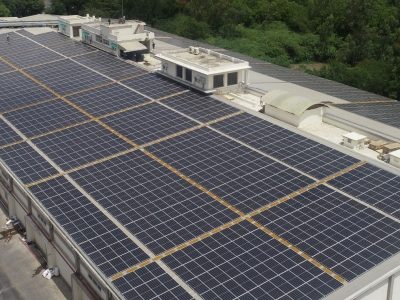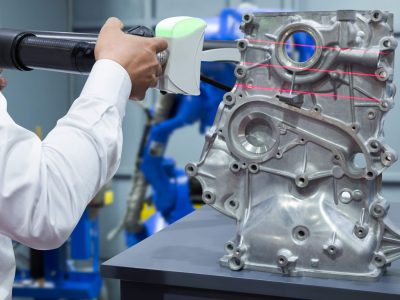We’d want to discuss the distinction between a safety valve and a relief valve. These two valves are popular and are occasionally confused with one another. Although they both serve the same objective, there are some distinctions that we shall discuss in this post.
Both safety and relief valve casting manufacturers prevent the accumulation of excess pressure, although their operation is different. They both attempt, albeit in different ways, to keep the system from exceeding the predefined limit. But, after all, they both safeguard the system. Let us now examine these distinctions.
What exactly is a relief valve?
Pressure relief valves are another name for relief valves. They are among the protective devices meant to safeguard pressured working systems and equipment from the various damages caused by overpressure.
These valves open at the predetermined pressure set point to prevent the system from failing due to overpressure. As previously stated, the set point is the pressure at which the system operates optimally. When the pressure reaches this level, the valve casting manufacturer opens, and the surplus pressure is released.
What exactly is a safety valve?
Safety valves are fail-safe mechanisms that keep systems from malfunctioning or failing. They avoid failure by releasing pressure when the pressure inside the system reaches the set point. The safety valve opens and releases the pressure when the pressure exceeds the limit.
They relieve the excess pressure to prevent damage to the vessel and to keep the pressure within the specified point. Safety valves are intended to safeguard the system and the surrounding environment.
The first distinction between a safety valve and a relief valve is defined. The pressure relief valve is another name for the relief valve. This safety mechanism is often employed to keep the system’s preset pressure within a specific limit.
Safety valves safeguard systems that control pressure within a predefined pressure limit. When the pressure reaches a certain level, they discharge the extra gas or liquid. The vessel can be damaged if the pressure is not managed and the surplus gas or liquid is not discharged promptly.
- Function
Another distinction between a safety valve and a relief valve is its purpose. In a hydraulic system, pressure relief valves are commonly utilized. The valve pulls up to discharge the extra pressure as the pressure rises. This pressure exits the system via an alternative route or a bypass and returns to the source (or the input channel). They may also depart via a different pathway that receives the extra liquid.
- Point of Departure
The set point is the third distinction between a safety valve and a relief valve. The set point is the pressure that has been established. This is the lowest maximum pressure rating, and the system may function below it. The system can operate safely below this point. The pressure on safety valves, on the other hand, is predetermined depending on the system materials and operation.
- Overall Comparison Of Safety And Relief Valves
In general, the relief valve’s pressure is adjusted to manage and maintain the pressure in the system. This set point is determined by the system’s operating pressure that employs the valve. On the other hand, pressure safety valve are developed based on various criteria, including the environment in which the valve casting manufacturers will operate, the material utilized, and the task it must do. The pressure safety valve’s set point has been established to protect the gadget from being damaged.
Conclusion
As a result, the safety valve opens the lift directly at the predetermined pressure. It is programmed to open automatically when the pressure surpasses a predetermined fixed point. It may be opened manually using an easing gear. The opening of the relief valve is proportionate to the rise in vessel pressure. The relief valve is intended to reduce the pressure inside a system to a specified fixed point or limit.
Also Read: 10 Ways To Improve Your Online Presence in Digital Marketing






Comments